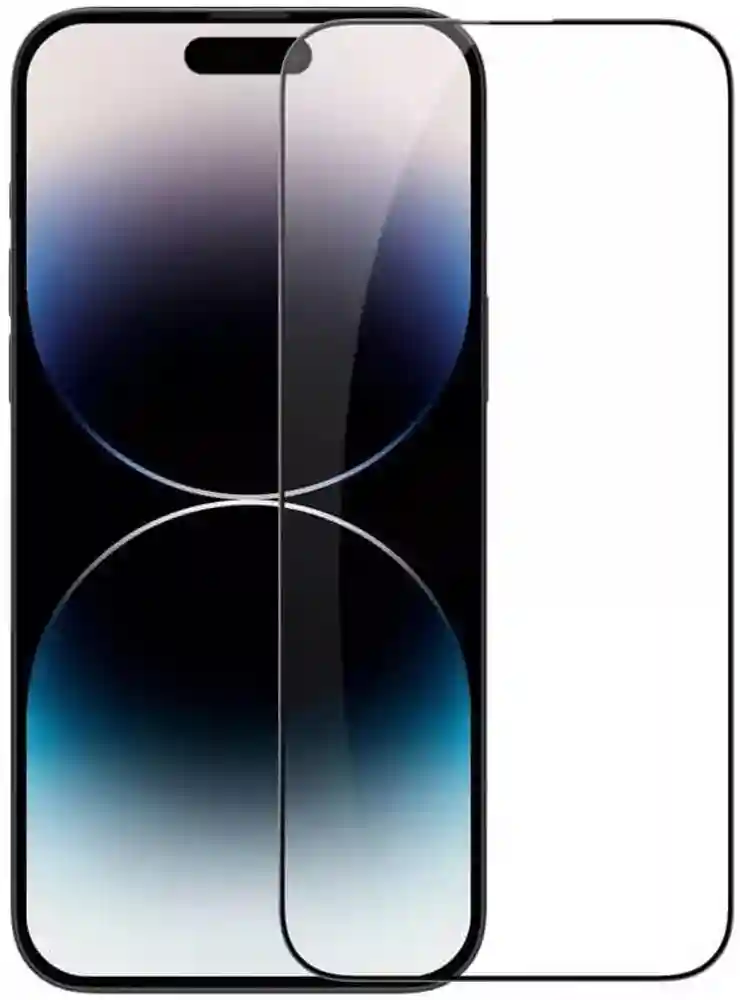When choosing a screen protector for your smartphone or tablet, tempered glass is a popular option due to its durability and scratch resistance. Among the various types, 9D and 11D tempered glass have gained attention for their advanced features. But which one is better? This article compares 9D and 11D tempered glass to help you make an informed decision.
What Is Tempered Glass?
Tempered glass is a type of safety glass processed through thermal or chemical treatments to increase its strength. It’s designed to protect your device’s screen from scratches, impacts, and smudges while maintaining touch sensitivity and display clarity. The terms “9D” and “11D” refer to marketing labels that describe the design, edge curvature, and overall protection level of the glass.

Understanding 9D Tempered Glass
9D tempered glass is known for its edge-to-edge coverage and curved edges that align closely with the device’s screen. Here’s what defines 9D tempered glass:
- Curved Edge Design: The “9D” refers to the glass’s curved edges, which provide a seamless fit on devices with rounded screens, enhancing aesthetics and protection.
- Hardness: Rated at 9H on the Mohs scale, it offers excellent resistance to scratches from everyday objects like keys or coins.
- Thickness: Typically ranges from 0.3mm to 0.5mm, balancing protection and touch sensitivity.
- Full Coverage: Covers the entire screen, including curved edges, for maximum protection.
- Clarity and Touch Sensitivity: Maintains high transparency and responsiveness for an uninterrupted user experience.
9D tempered glass is a reliable choice for users seeking robust protection with a sleek, edge-to-edge fit.
Understanding 11D Tempered Glass
11D tempered glass is a newer marketing term, often positioned as an upgrade over 9D. While similar in many aspects, it includes some enhancements:
- Enhanced Edge Curvature: The “11D” label suggests a more precise or exaggerated curve, offering an even tighter fit on devices with highly curved displays.
- Improved Adhesion: Often uses advanced adhesive technology for better bonding to the screen, reducing lifting or peeling at the edges.
- Hardness: Like 9D, it’s rated at 9H for scratch resistance.
- Thickness: Similar to 9D (0.3mm to 0.5mm), but some 11D protectors may be slightly thinner for improved touch response.
- Additional Features: May include enhanced oleophobic coatings for better fingerprint resistance or improved impact dispersion.
11D tempered glass is marketed as a premium option, focusing on refined fit and additional features.
Key Differences Between 9D and 11D Tempered Glass
While both 9D and 11D tempered glass offer excellent protection, their differences lie in design and performance nuances:
- Edge Curvature: 11D glass often has a more pronounced or precise curve, making it ideal for devices with extremely rounded screens, while 9D is sufficient for most modern smartphones.
- Adhesion Quality: 11D glass typically uses stronger adhesives, reducing the chance of edge lifting, which can be an issue with 9D on some devices.
- Additional Coatings: 11D protectors may include better oleophobic or hydrophobic coatings, making them easier to clean and more resistant to smudges.
- Price: 11D tempered glass is often slightly more expensive due to its enhanced features and marketing as a premium product.
- Compatibility: 11D is designed for newer devices with highly curved displays, while 9D is more universally compatible with a wide range of phones.
Which Is Better: 9D or 11D?
The choice between 9D and 11D tempered glass depends on your device, needs, and budget:
- Choose 9D Tempered Glass If:
- Your device has a moderately curved screen.
- You want reliable protection at a lower cost.
- You don’t need extra features like advanced coatings.
- You prioritize universal compatibility.
- Choose 11D Tempered Glass If:
- Your device has a highly curved or edge-to-edge display.
- You want a premium fit with minimal edge lifting.
- You prefer enhanced smudge resistance and easier cleaning.
- You’re willing to pay a slight premium for refined features.
For most users, 9D tempered glass provides adequate protection and value. However, if you own a high-end device with a curved display or want the best fit and finish, 11D is worth considering.
Factors to Consider When Choosing
When deciding between 9D and 11D tempered glass, keep these factors in mind:
- Device Compatibility: Ensure the protector matches your device’s screen curvature and dimensions.
- Usage Environment: If you frequently handle your device in dusty or oily conditions, 11D’s enhanced coatings may be beneficial.
- Budget: 9D is typically more affordable, while 11D offers premium features at a higher cost.
- Case Compatibility: Check if the tempered glass works well with your phone case, as some cases may cause lifting with 9D or 11D protectors.
Installation Tips for Optimal Performance
To maximize the effectiveness of either 9D or 11D tempered glass:
- Clean your device’s screen thoroughly before installation to remove dust and fingerprints.
- Align the protector carefully to avoid bubbles or misalignment.
- Apply even pressure to ensure proper adhesion, especially at the edges.
- Use a compatible case to avoid lifting the protector.
Conclusion
Both 9D and 11D tempered glass offer excellent protection for your device, with 9D being a cost-effective, reliable choice for most smartphones, and 11D providing a premium fit for devices with highly curved screens. Consider your device’s design, your usage habits, and your budget to choose the best option. Either way, a quality tempered glass protector is a small investment to keep your screen safe and pristine.